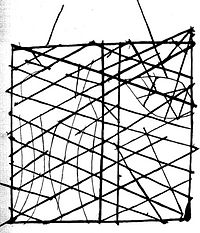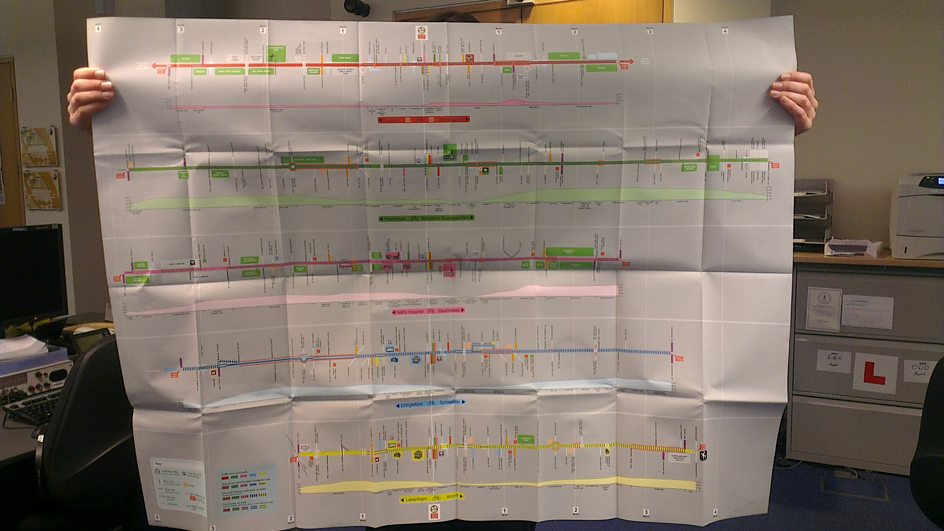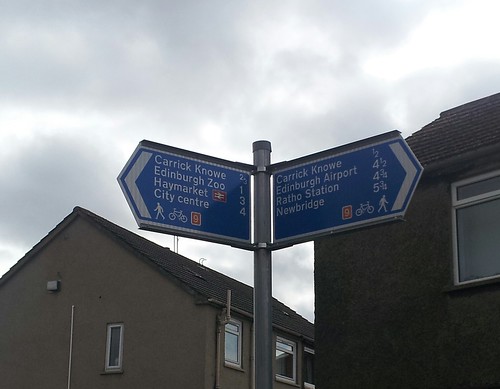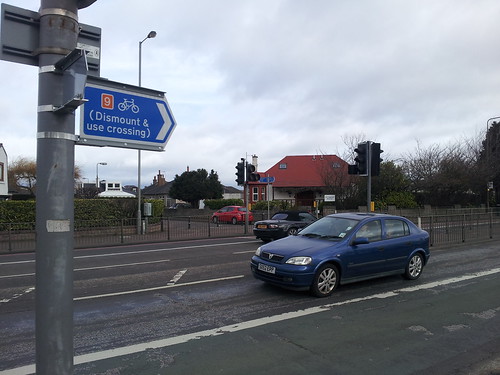I could look at all the links to research on brain scans, navigation etc. However, I have no way of assessing whether they are reliable ...
Everybody has their prejudices, I guess - their preconceived ideas. And sometimes we float an idea, and then perhaps it either flies or it gets shot down. I don't think there is anything wrong with this. People need to be able to think out loud, and it's not possible to "be right" all of the time.
When I first started discussing a sense of direction, my ideas were not at all fully formed in my mind. I began thus:
So it seems that there are gender differences when it comes to navigation strategies. Men tend to rely on a sense of direction, while women tend to use landmarks.
I wouldn't write that now. To the extent that this is true, it is true only in extreme situations (as I believe). Day-to-day, in normal circumstances, I would be astonished to learn that there is anything substantially different between the way that males and females navigate their way about the place.
I mentioned a couple of experiments. One experiment measured brain activity using fMRI scanning. When asked to navigate their way through a (virtual) maze, females showed greater activity in the left and right pre-frontal regions, while males showed increased levels of activity in the hippocampus. There wasn’t a significant difference in journey times through the maze, however.
In the other experiment - the magical mystery tour one - participants proved to be able to sense direction reasonably successfully. In this instance, though, women tended to have more accurate results than men.
The conclusion that I draw from these two experiments, is not that the results were falsified - at least, I can't imagine why they would be - but that women use the intellectual part of their brain more than men do when faced with certain navigational challenges.
Another experiment I reported as follows:
In tests of ability to navigate virtual 3D environments (mazes), there wasn’t a significant difference between men and women in success levels as long as the landmarks were left in place. When these were removed, men showed an ability to keep their bearings and had a significantly higher degree of success (Sandstrom, Kaufman, & Huettel, 1998).
From this it was concluded that:
Men seem to have an inherent sense of bearings, an instinct of which way north lies;
and that:
Women navigate more by landmarks.
I know it's not all that important, but it seems to me that these conclusions are far too simplistic, and probably don't have that much relevance to the everyday world.
A few weeks ago, I went to see a friend whom I hadn't seen in a while. When I stepped out of my front door, I didn't immediately declare: "I'm lost!" I knew where I was, and I knew in which direction I would need to go in order to get to my friend's house.
About halfway there, I couldn't remember if I needed to go straight on or turn right - it was dark by this stage and things always look different at night. Thinking about it now, I always seem to get confused at this point in the journey, but this time I guessed right, got to the end of the next street, and found what I was looking for: an elliptical-shaped traffic island. This was my landmark, and now that I had located it, I was able to recalibrate my internal GPS system, as it were, and carry on my journey.
When it is said that women navigate more by landmarks, I want to say that this might in fact be a distinction without a difference, because I navigate by landmarks as well, and I reckon that most men do as well. When it is said that men follow their nose more than women, I want to say ... I don't know what I want to say, actually, but I think that all of this is dancing on the head of a pin, because day-to-day, I think people generally navigate their way around using the same strategies.
Anyway, I am sorry to have laboured the point somewhat, but I hope to have reached the right conclusions in the end.
To move on, where a sense of direction is innate (nature), the ability to read a map is learned (nurture).
According to a survey of a thousand motorists, about 30% of the population are not able to read a map. Indeed, only about 1% of respondents knew enough to earn a cub scout map reader's badge.
 Polynesian navigation device showing directions of winds, waves and islands, c. 1904
Polynesian navigation device showing directions of winds, waves and islands, c. 1904
Simple diagrammatic maps are likely to be more accessible to more people (as well as being much more handily-sized). Added to which, colour-coding makes route-planning easier.

Norwich cycle map
I think it would be very good to be able to reach a consensus on the best way forward, and I say again, I want to work cooperatively on this. I hope not to give the impression that I have all of the answers, but I have been working on this for nearly fifteen years, so you can be assured that I have given it a lot of thought, at least.





 posts
posts
